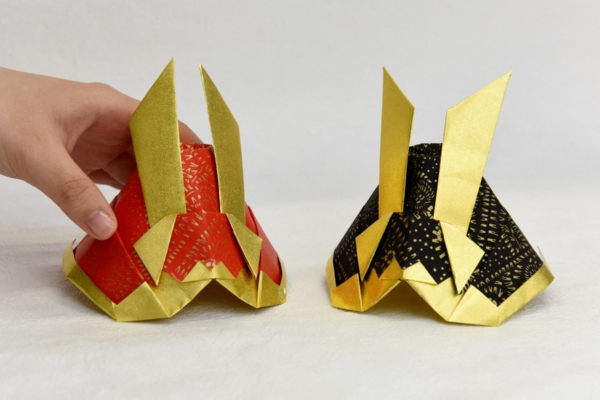The continuous exploration of existing materials in the scientific community aims to uncover more possibilities. This time, a university in the United States has integrated traditional Japanese origami culture into modern materials science, leading to a groundbreaking advancement in ceramic materials. They have developed a new type of ceramic structure that bends under pressure without shattering, with potential applications in the medical field.
Ceramic materials are widely used in various fields such as healthcare, materials science, vessels, architecture, and aerospace due to their high temperature resistance, high hardness, strong compressive strength, biocompatibility, and excellent composite properties. However, the brittleness of ceramic materials has prompted scientists to actively seek for improvement methods.
In order to achieve this goal, the mechanical and aerospace research team at the University of Houston (UH) in the United States used 3D printing, Miura-ori folding, and flexible polymer coatings to transform fragile ceramics into tough and flexible new materials. These materials are expected to be used in medical prosthetics, aerospace, and robotics. The research results were published in the journal “Advanced Composite and Hybrid Materials” in April.
Origami is an ancient art that can give diverse forms and adjust its characteristics. The Miura-ori folding technique can compress flat objects such as paper in a parallelogram manner, allowing the objects to occupy less space and maintain flatness when unfolded. It is currently widely used in fields such as architecture, robotics, aerospace, and biomedical engineering.
Miura-ori folding is a folding method invented by Japanese astrophysicist Koryo Miura. Folding in this way creates specific creases; stretching along a single axis results in the entire structure unfolding into a parallelogram “checkerboard,” which can be easily collapsed by pushing in the reverse direction.
Due to the hard and brittle nature of ceramics, it is challenging to produce intricate structures through traditional high-temperature casting methods, necessitating alternative approaches for origami designs.
The research team combined ceramic precursor resin, silica, and polymers to create complex Miura-ori folded paper-like structures using 3D printing stereolithography (SLA) technology and ultraviolet curing. A uniform coating of 75 to 100 micrometers (µm) thick polydimethylsiloxane (PDMS) was applied to produce the ceramic material used in the experiment. The PDMS used in this experiment is characterized by strong biocompatibility and good elasticity.
In order to test the structural strength of this new ceramic material, researchers conducted static and cyclic compression tests, supported by computer simulations. The results showed that the simulation and experimental results were largely consistent, highlighting how the PDMS coating significantly enhanced the ceramic’s tensile strength, compressive strength, and toughness.
The experiment revealed that the ceramic materials produced using this method significantly improved the materials’ tensile strength, compressive strength, and toughness. It was observed that ceramic structures with PDMS coating exhibit bending under pressure from different directions, which can return to their original state after pressure is released. On the other hand, ceramics without PDMS coating are prone to rapid fracture or breakage under slight pressure.
Static compression tests indicated that the ceramic materials with PDMS coating exhibited different levels of toughness enhancement in different directions: an 860% increase in the X-axis (previously the least rigid direction), a 517% increase in the Y-axis, and a 27% increase in the Z-axis.
Researchers stated that this experiment explored whether Miura-ori folding could alter the brittleness of ceramic materials and observed if the elastic coating could improve catastrophic failures in ceramic materials. The answer was affirmative, with findings showing that the elastic coating not only enhances the toughness of the folded structures but also prevents the propagation of cracks in ceramic materials. These discoveries are poised to be applied in prosthetics and other medical fields in the future.
Maksud Rahman, assistant professor of engineering at the University of Houston, stated to the university’s newsroom, “Ceramic materials possess biocompatibility, lightweight, and durability under appropriate conditions, but their failures are often catastrophic. Our goal is to mitigate their catastrophic failures in a more secure and effective manner.”
Md Shajedul Hoque Thakur, a postdoctoral researcher at the University of Houston’s engineering department, mentioned, “The geometric shape of origami provides mechanical adaptability to ceramics, while the polymer coating gives ceramics enough flexibility to prevent rapid fractures.”
Professor Rahman emphasized, “Origami is not just an art but a powerful design tool that can help us address challenges in the biomedical and engineering fields. This research demonstrates how folding patterns can give fragile materials new functionalities.”

